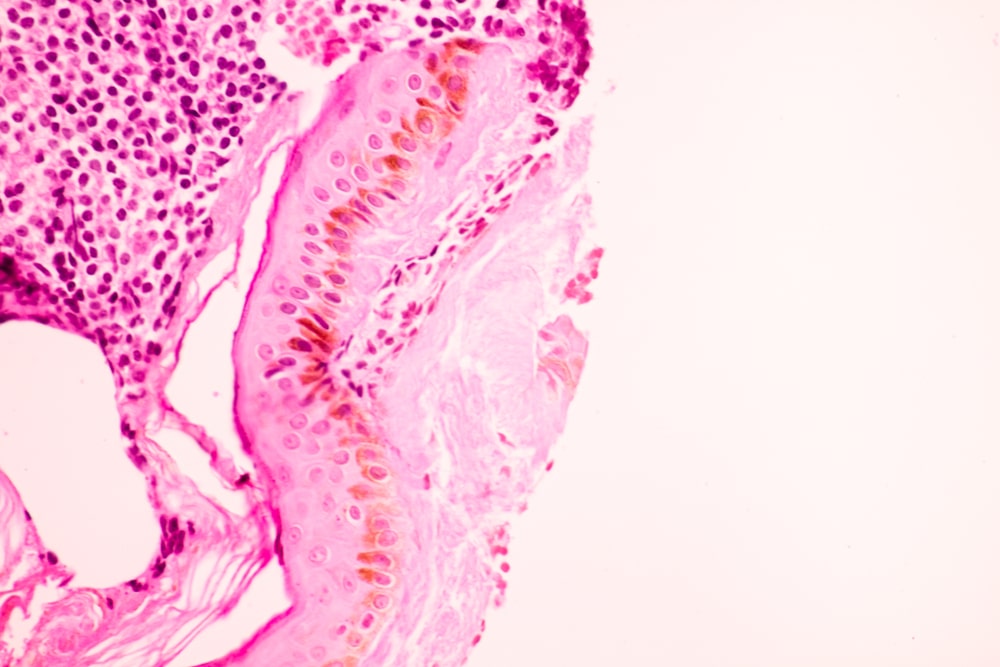Under some circumstances, cells may accumulate abnormal amounts of various substances, which may be harmless or associated with varying degrees of injury. The substance may be located in the cytoplasm, within organelles (typically lysosomes), or in the nucleus, and it may be synthesized by the affected cells or maybe produced elsewhere. There are three main pathways of abnormal intracellular accumulations:

1. A normal substance is produced at a normal or increased rate, but the metabolic rate is inadequate to remove it. An example of this type of process is a fatty change in the liver.
2. A normal or abnormal endogenous substance accumulates because of genetic or acquired defects in its folding, packaging, transport, or secretion. Mutations that cause defective folding and transport may lead to the accumulation of proteins (e.g., α1-antitrypsin deficiency).
3. An inherited defect in an enzyme may result in failure to degrade a metabolite. The resulting disorders are called storage diseases.
An abnormal exogenous substance is deposited and accumulates because the cell has neither the enzymatic machinery to degrade the substance nor the ability to transport it to other sites. Accumulations of carbon or silica particles are examples of this type of alteration.
Fatty change refers to any abnormal accumulation of triglycerides within parenchymal cells. It is most often seen in the liver since this is the major organ involved in fat metabolism, but it may also occur in the heart, skeletal muscle, kidney, and other organs. Steatosis (fatty changes) may be caused by toxins, protein malnutrition, diabetes mellitus, obesity, and anoxia. Alcohol abuse and diabetes associated with obesity are the most common causes of fatty change in the liver (fatty liver) in industrialized nations. Free fatty acids from adipose tissue or ingested food are normally transported into hepatocytes, where they are esterified to triglycerides, converted into cholesterol or phospholipids, or oxidized to ketone bodies. Some fatty acids are synthesized from acetate within the hepatocytes as well.
Excess accumulation of triglycerides may result from defects at any step from fatty acid entry to lipoprotein exit, thus accounting for the occurrence of the fatty liver after diverse hepatic insults. Hepatotoxins (e.g., alcohol) alter mitochondrial and smooth endoplasmic reticulum function and thus inhibit fatty acid oxidation; CCl4 and protein malnutrition decrease the synthesis of apoproteins; anoxia inhibits fatty acid oxidation, and starvation increases fatty acid mobilization from peripheral stores. The significance of fatty acid change depends on the cause and severity of the accumulation. When mild, it may have no effect on cellular function. More severe fatty acid change may transiently impair cellular function, but unless some vital intracellular process is irreversibly impaired, fatty acid change is reversible. In the severe form, fatty acid change may precede cell death and maybe an early lesion in a serious liver disease called non-alcoholic steatohepatitis.
Read this too: Free Radical Induced Injury